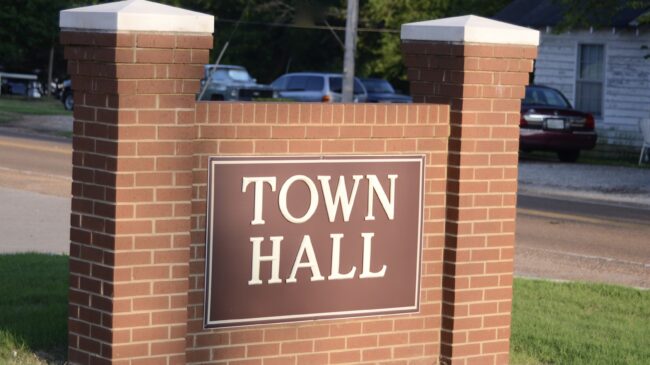Local governments, like cities and counties, play a major role in everyday American life, yet researchers and data aggregators, as well as state and federal oversight bodies, struggle to measure and fully comprehend the economic activity of these entities.
When Congress debated the American Rescue Plan as a COVID-19 stimulus package for 2021, no one could say how much revenue these entities had lost or could be expected to lose due to the COVID-19 pandemic. Although a lack of data reporting standards is a major driver of the measurement and management problem, the absence of a universal entity identifier for local governments is an even more basic issue and one that should not be difficult to resolve.
In 2017, the Census Bureau enumerated all U.S. local governments. The Census Bureau counted 90,075 local governments overall, including 38,779 “general purpose” governments, which can be counties, townships, cities, towns, boroughs, villages, or other municipal entities that perform a variety of functions. Most of these general-purpose governments are eligible for federal aid under the American Rescue Plan Act and will be required to send reports to the Treasury Department about how they will be using this support.
That’s a lot of governments to track. Making matters more difficult is the fact that many have similar or identical names.
One might think any naming confusion could be rectified by including both the entity and the state in the name, but that still leaves many duplicates. The state of Indiana alone includes 47 Jackson Townships and 46 Washington Townships on its list of townships by county.
Data administrators typically deal with naming conflicts by assigning unique numeric or alphanumeric identifiers to customers, vendors, beneficiaries, or any other universe of counterparties with whom their organizations interact. At the federal level, Social Security numbers are a common way of identifying individuals, and that numbering system has been widely embraced by state and local governments as well as private organizations.
Unfortunately, there’s no similarly ubiquitous numbering scheme for U.S. local governments. Several identifiers are available, but all have limitations.
The Census Bureau assigned 14-digit numeric identifiers to all 90,075 local governments in its 2017 enumeration, but there’s no procedure for newly incorporated governments to get Census identifiers until the next enumeration occurs in 2022.
Federal grant administrators and others often identify local governments and nonprofits by data universal numbering system (DUNS) numbers or employer identification numbers (EINs). Because DUNS numbers are proprietary, the government is beginning to move away from them in favor of a unique entity identifier (UEI) scheme being developed by the General Services Administration. But since UEI is being built on top of the DUNS database, it may not have sufficient data to properly differentiate governments with the same or similar names.
Employer identification numbers are the organizational equivalent of individual Social Security numbers (SSNs). Both EINs and SSNs have nine digits and are used by the IRS for tax filing purposes. Unfortunately, some local governments have multiple EINs, limiting the usefulness of this number as a unique identifier.
A relatively new alternative worthy of consideration is the legal entity identifier (LEI), originally developed in Europe. In the U.S., the need for LEIs came into focus during the 2007–2008 financial crisis, when major banks struggled to figure out exactly who was on the other end of derivative contracts and whether these counterparties had the wherewithal to meet their commitments. Under the Dodd-Frank Act, Congress’ 2010 response to the crisis, a new Office of Financial Research was created within the Department of Treasury. One activity of the Office of Financial Research has been to popularize the use of LEIs in the United States.
Until last year, legal entity identifiers were only intended for use by private sector entities, although some state and local governments did register for them. Now the LEI Regulatory Oversight Council has published a guidance document explaining how the numbering standard can be applied to general government entities. The Department of Treasury may thus now find LEIs to be a handy way to identify both private and public sector entities with which it conducts business.
Whether LEI is embraced or one of the existing numbering systems is enhanced, we need a broadly accepted, reliable, and comprehensive scheme for identifying U.S. local governments. It’s often said that we can’t manage what we can’t measure. By the same token, we can’t accurately measure what we can’t fully identify.
A version of this column previously appeared in Workvia.

